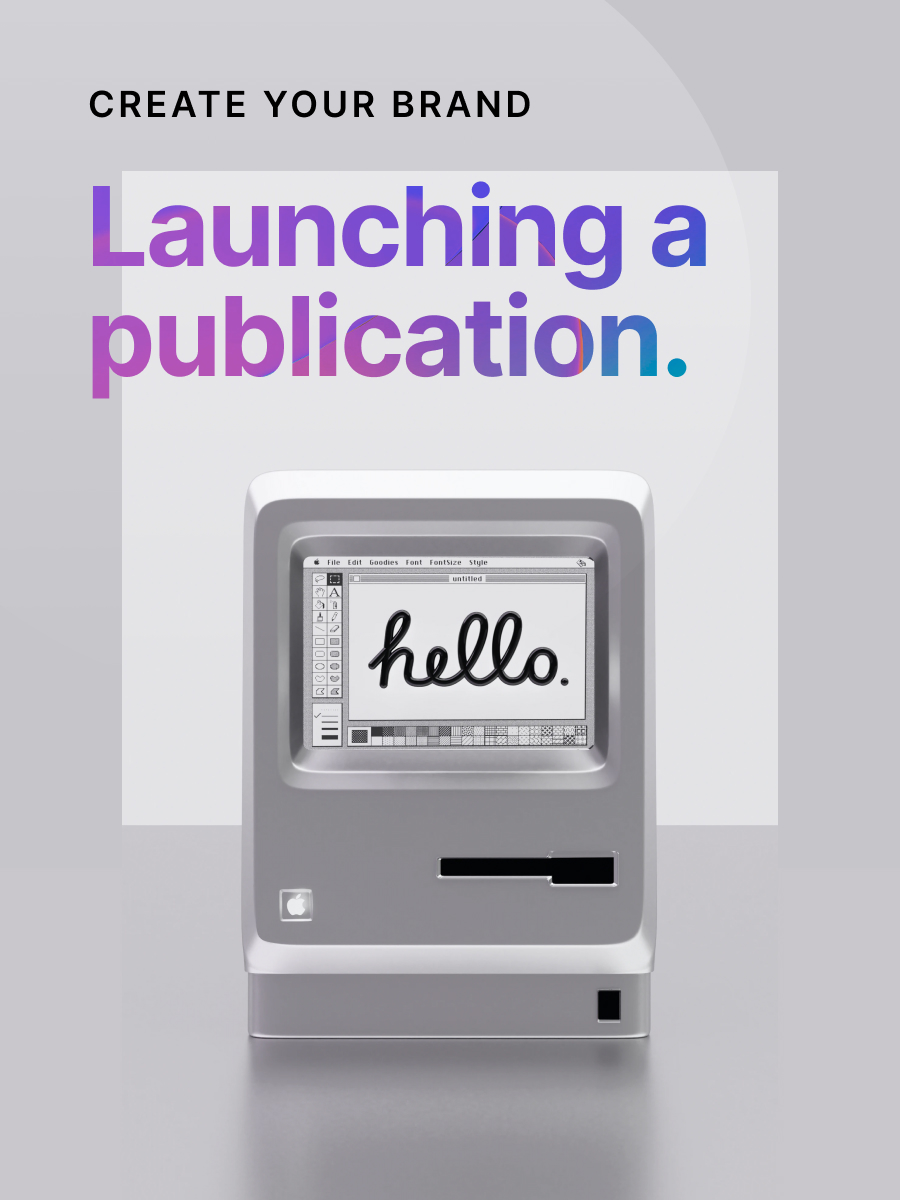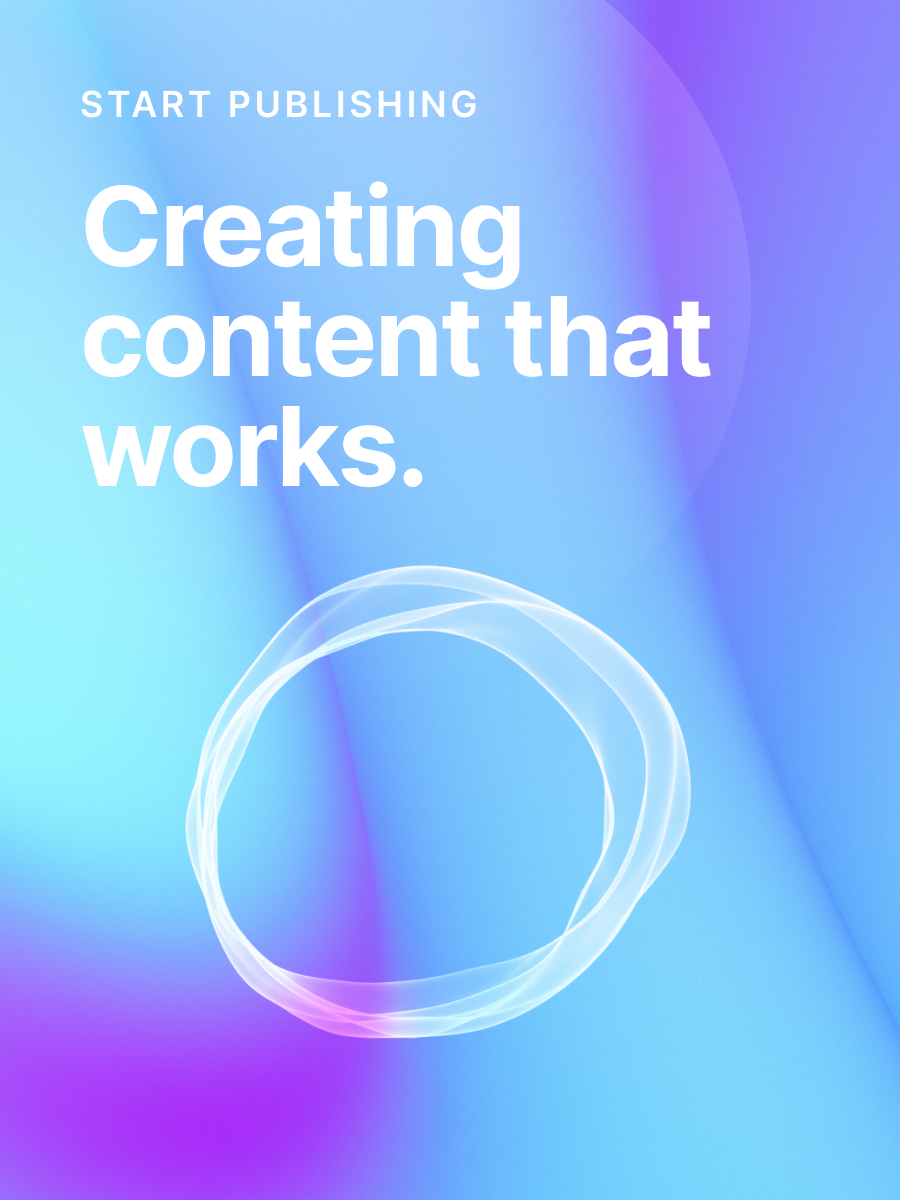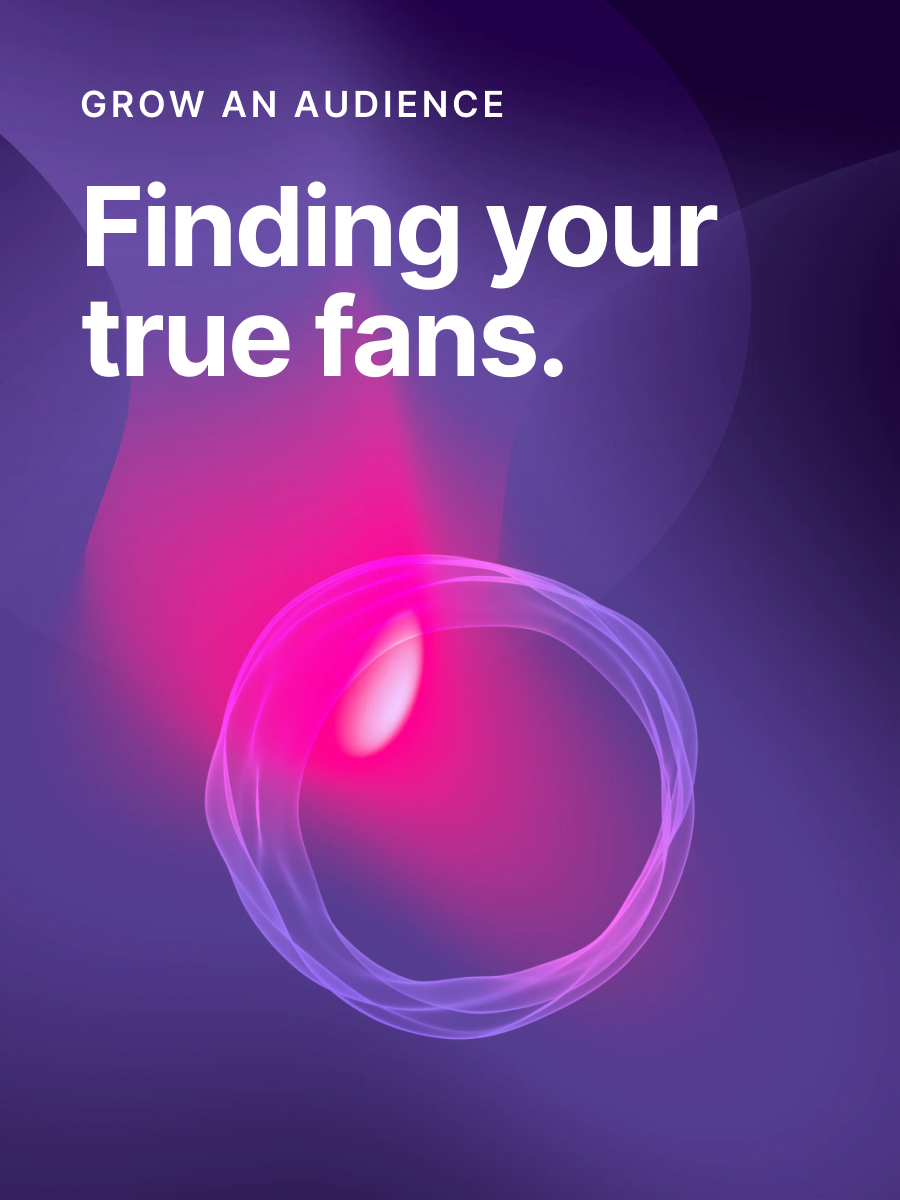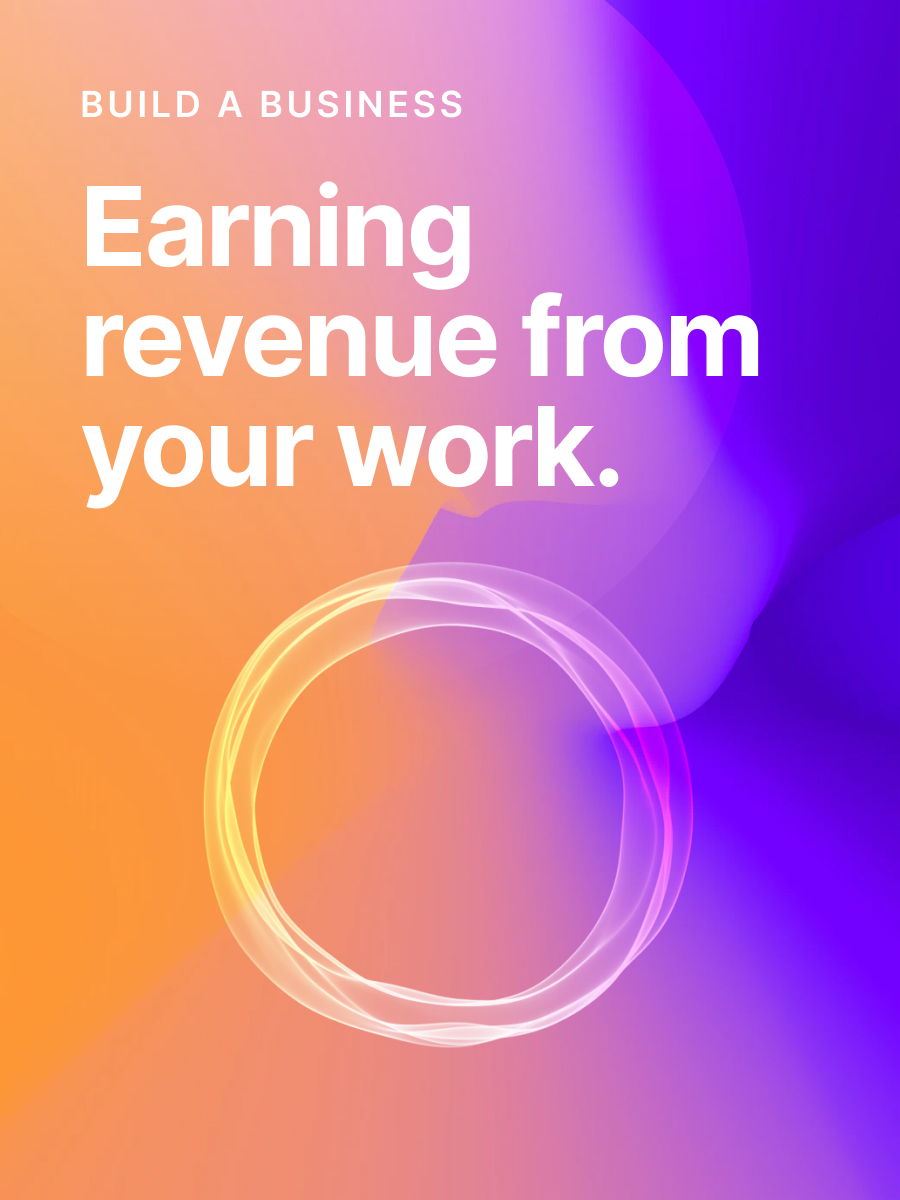#160 — How incentives can make or break your publishing business
In this edition, see how TikTok can supplement your content strategy, revisit proven marketing tactics for publishers, and learn what the future of fiction could look like.
Want to get featured below? Submit an article.
Better questions lead to better answers. Many publishers spend a disproportionate amount of time asking What kind of content should I create? and not enough time asking Why is my audience paying attention? The second question opens the doors to broader experimentation within your business, from what you choose to publish to how much you charge for access. This week's issue takes a look at how incentives dictate strategy, and how to realign them for long-term success.
💯 Top picks
How to increase the open rates of your email newsletter
A great newsletter no one opens is a wasted effort.
The latest post from the Ghost blog dives into eight tactics publishers can use to achieve consistently high open rates. Some of the techniques mentioned include using inspection tools to avoid spam triggers, creating professional sender names, and organizing your audience into segments.
💸 Business models
How bad incentives ruin good marketing
Saying the same thing over and over again is how you make your brand more memorable.
MarketingWeek reaches into the complex world of digital marketing to show that what works is, by and large, far simpler than we make it. Executives, consultants, and agencies are incentivized to overcomplicate matters which trickles down to creating unrealistic workloads for everyday publishers. The best marketing is long-term focused, stable in its messaging, and persistent in its delivery.
Building healthy membership communities: Lessons from newsrooms around the world
This book-length post from The Membership Puzzle Project describes how large publishers use communities to reach, support, and grow their audiences. The article is geared towards those with a news focus, making it ideal for local and event-driven initiatives. If you are creating a local newsletter or are curious how community could fit into your strategy, this is one resource you'll want to visit more than once.
Subscription pricing strategy for publishers: Data, long-term view, lots of tests and risk-taking
The purpose of strategic pricing is to price more profitably by capturing more value, not necessarily by making more sales.
A new report titled "Subscription Pricing: From COVID Bump To Sustainable Revenue" provides a look at the strategies helping publishers retain audiences as the world returns to a post-pandemic normal. One strategy which has shown consistently strong results is enticing new subscribers with a low-cost trial period, providing them value through an onboarding series, and then pushing them to read content in a dedicated mobile app. The report also discusses what price points have proven the most profitable for various membership tiers.
📝 Modern publishing
4 types of TikTok content strategies for publishers
Success on TikTok is all about finding a unique and creative way to tell your story.
TikTok's growth has experienced explosive growth over the last year. The app now boasts over one billion daily views, with users spending an average of 52 minutes on the tool per day. This article shows how publishers can creatively tap into this growth by making content that is both authentic to journalism and relevant to TikTok's audience.
How 100-year-old Architectural Digest is becoming a brand for a younger and more diverse audience
Architectural Digest (AD) is a staple of legacy publishing, and yet, they've been able to attract a young audience with incredible success. This piece details their strategy for reaching millennial and Gen Z fans. In essence, they've adopted the mindset of creating where they are instead of trying to attract them to AD's website and articles. This means they've aggressively created for YouTube and Instagram and are continuing to experiment with other platforms as well. This strategy is one any publisher should implement when growth is the goal.
The future of fiction
Author Elle Griffin provides a detailed look at the current fiction publishing landscape, the platforms available to authors, and what industry changes could help bridge the gap between writers and readers. Griffin argues that direct-to-reader, community-driven, interactive experiences are the future of fiction, especially since Gen Z audiences have grown up with entirely different expectations around what a book can and should be.
Related: 10 ten-minute writing exercises to sharpen your skills — Tradecraft
📬 Email newsletters
Paid newsletter best practices: Tried-and-tested tips from successful operators
No one is paying you to send them more email. What they’re paying for is the value your newsletter delivers.
This insightful piece follows the journey of half a dozen newsletter authors and how they successfully grew their publications into full-time gigs. Among the advice offered, you will find tips such as keep your value proposition simple, treat the newsletter as a product, and charge what's appropriate for your unique audience.
25 ways to sign someone up for your newsletter
Dan Oshinsky brings together a helpful collection of on-site and off-site methods for attracting more subscribers to your content. This slide deck includes dozens of visual examples explaining how these tactics work for larger publications, and how you can experiment with a similar strategy.
Related: Not a Newsletter (July Edition) — Inbox Collective
Let’s talk about praise jars, and why you need one
Content writers Dr. Fio Dossetto and Ashly Stewart discuss how storing "positive feedback about your work" can improve creativity, repel burnout, and lead to interesting career pivots. They address different methods for organizing feedback, from dedicated email folders to cloud accounts filled with individual screenshots. Regardless of the form, the exercise seems to be well worth the effort.
💻 Technology
Substack makes first major podcast investment
Axios reports on Substack's move to fund a podcasting arm of the company named Booksmart Studios. The entity will function much like the publishing side in that it will help independent publishers host their content, free or paid, and take a 10% cut of their revenue.
Related: The original Substacker: How China expert Bill Bishop built a six-figure newsletter business — PressGazette
We don’t need more streaming news platforms
CNN is moving into the streaming game. They plan to build and launch a new service by early 2022 that will provide subscribers "8-12 hours of original live content each day." A Media Operator argues that since news corporations are blinded by the streaming opportunity, they are missing obvious areas, within their own domain, that would be more beneficial to pursue.
Publishers, what do you do when search traffic drops?
A drop in organic search traffic can happen for several reasons, and most of them can be reversed.
Google employee Daniel Waisberg identifies the five most common reasons publishers may see a decline in traffic: technical issues, security issues, manual actions, algorithmic changes, and search interest disruption. If search is one of your primary traffic sources, this article is an excellent introduction to resolving these concerns.
❤️ Enjoy this newsletter?
Forward to a friend and let them know where they can subscribe (hint: it's here).
Wanna get featured? Submit a story for us to include.
Anything else? Hit reply to send us feedback or say hello.
Join the invite-only community! Connect with like-minded people who create content professionally. Fill out this form to get on the list!






